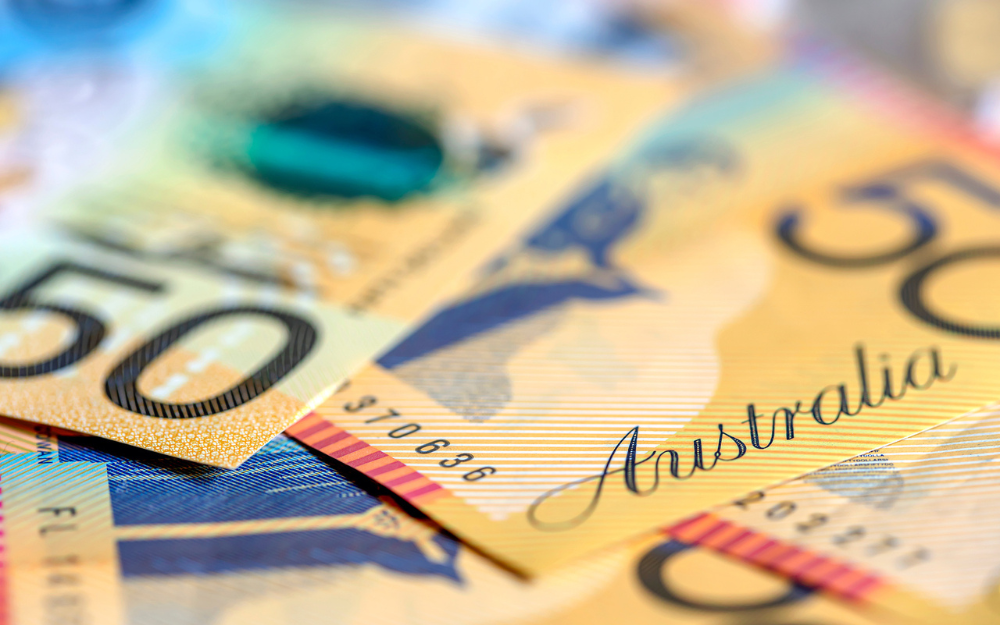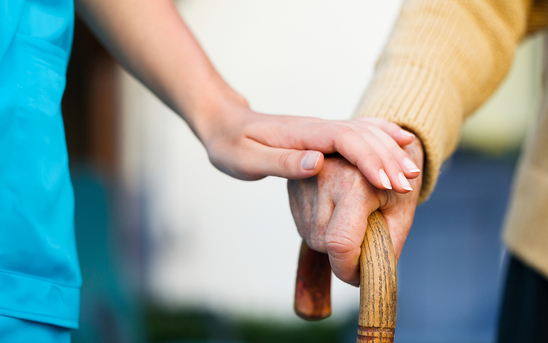The Australian economy picked up strength in the June quarter as consumers opened their wallets, boosted by interest rate cuts earlier in the year.
New figures from the Australian Bureau of Statistics showed gross domestic product (GDP) grew by 0.6% in the June quarter and 1.8% over the year — the strongest outcome in two years and above market and economists’ expectations.
Treasurer Jim Chalmers said the report showed “a welcome and substantial pick-up in growth”. The increase followed growth of just 0.3% in the March quarter, which was heavily impacted by extreme weather events.
According to the Bureau, household spending provided the main lift, and government spending to a lesser extent. The overall result suggests the economy is starting to turn a corner after a run of weaker quarters.
Households are regaining confidence
Household consumption rose 0.9% — the strongest increase since December 2022 — contributing 0.4 percentage points to growth. Discretionary spending drove the gains, with recreation, transport and hospitality boosted by the Easter and ANZAC Day holidays, overseas travel, and strong event attendance. The rise suggests households are regaining confidence, helped by recent cash rate cuts.
Government spending added a further 0.2 percentage points, with increased spending on Medicare and pharmaceutical benefits, and defence.
Exports also helped: education and tourism services were strong, while iron ore and liquefied natural gas shipments to major Asian markets remained solid. Exports rose 1.7% and imports were up 1.4% in the quarter.
However, public investment in infrastructure such as roads and rail dropped 3.9% as large projects neared completion in several states, weighing on growth.
Interest rate cuts are flowing through
Looking ahead, the economy is starting to build some momentum. Household spending is lifting, helped by the Reserve Bank’s rate cuts. Lower repayments are giving families a little more breathing room, and this is flowing through to extra spending on travel, recreation and hospitality.
While many households remain cautious, the fact discretionary spending is picking up shows confidence is returning. It also suggests past interest rate cuts are starting to work their way through the economy, softening the squeeze from high rents and living costs.
Economic growth per person, known as per-capita GDP, has been soft in recent quarters but edged up 0.2% in the June quarter.
Chalmers said the outcome was “very encouraging, as some comparable economies such as Germany and Canada went backwards in the quarter”.
Markets expect the Reserve Bank to cut interest rates again, with at least one more cut possible later this year if the economy does not strengthen much further and inflation stays under control.
Running down savings
Perhaps the most telling number in the economic release is the household saving rate, which fell from 5.2% in March to 4.2% in June. This was because spending jumped 1.5%, while disposable income rose only 0.6%.
Although wages were stronger, income growth slowed as insurance payouts and social benefits eased after the cyclone-related spike earlier in the year.
Households had to dip into savings to keep spending — a sign they are feeling resilient enough to spend rather than hold back.
The global backdrop
Global conditions remain difficult and pose clear risks for Australia’s outlook. China’s slowdown, driven by a weak property sector and soft domestic demand, continues to weigh on Australia’s export outlook, while trade tensions add further uncertainty.
The United States has stayed relatively resilient, but Europe remains stuck in stagnation. For a small, open economy like Australia’s, these headwinds highlight the need for caution, as global demand and financial conditions will heavily influence growth prospects.
What it all means
Overall, the picture looks brighter than in recent quarters.
Families are still under pressure, yet the rise in spending suggests confidence is returning and lower interest rates are starting to help. For policymakers, the challenge is to keep the recovery moving without reigniting inflation. With exports and government demand steady, and households showing signs of life, there is now more reason to be hopeful about the months ahead.
Source: The Conversation


